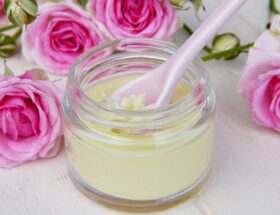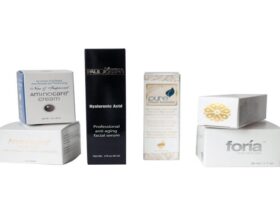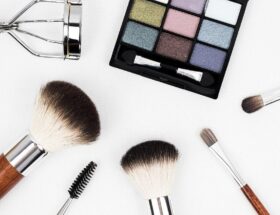Shopping for skincare products isn’t easy. The industry overflows with products and choosing the best one often feels like a stab in the dark. Skincare experts express the importance of selecting products based on their ingredients rather than claims made on the packaging.
The terms “active ingredients” and “inactive ingredients” are commonplace in the skincare industry. Understanding the distinctions between active and inactive ingredients and how they work together can help you choose the right skincare products to achieve your goals.
What Is an Active Ingredient?
The Food and Drug Administration (FDA) classifies active ingredients as drugs. They affect the human body — in this case, the skin — in a way that prevents or treats certain diseases or conditions. All active ingredients in skincare products must be approved by the FDA.
Active ingredients play the most significant role in treating skin conditions or improving skin health. Common active ingredients are retinoids, which enhance skin tone and texture while reducing fine lines and wrinkles.
Balanced skin pH is essential for optimal absorption of active skincare ingredients.
What Is an Inactive Ingredient?
This infographic was created by SeSpring, cruelty-free Korean gel cleanser for face
Inactive ingredients may take a back seat to active ingredients, but they are often equally critical in achieving skincare goals. Inactive ingredients are generally stabilizers or emollients that transport the active ingredients to the targeted areas. They may also improve the scent, consistency or lifespan of a skincare product. The FDA does not regulate inactive ingredients.
Examples of inactive ingredients are botanicals and emollients. Botanicals are collected from flowers, seeds, nuts and other plant parts. They are then distilled into oils and extracts that can improve the product’s smell, hydrating properties and more. Similarly, emollients such as cholesterol and fatty acids work to smooth and soften the skin. Preservatives are another category of common inactive ingredients.
Why Do Active and Inactive Ingredients Matter?
Understanding active and inactive ingredients can help you create a skincare routine that works for you. Many active and inactive ingredients work well together, while other combinations can cause skin irritation and damage. For instance, hydroxy acids and benzoyl peroxide can deactivate retinol. The hyaluronic acid serum is a skincare ingredient that hydrates and plumps the skin, reducing the appearance of fine lines and wrinkles. Some active ingredients irritate the skin more than others and may not work for individuals with skin sensitivities.
Recommended Active Ingredients for Your Skincare Routine
Several active ingredients have proven effective and are recommended by dermatologists. The following are some of the most common active ingredients in today’s skincare products:
- L-ascorbic Acid (Vitamin C): Vitamin C is a dermatologist-recommended ingredient suitable for all skin types. It works as an antioxidant; helps prevent sun damage; slows early skin aging; and can reduce acne, dark spots and wrinkles. Topical vitamin C should be applied in the morning before applying sunscreen and moisturizer and after using a gel cleanser for the face.
It’s important to note that L-ascorbic acid is the only form of vitamin C effective in skincare products. Many skincare companies boast the inclusion of vitamin C derivatives, but these aren’t useful in treating or improving the skin.
- Alpha-Hydroxy Acids (AHAs): Skincare products including alpha-hydroxy acids can help reduce wrinkles, fine lines, age spots and enlarged pores. However, alpha-hydroxy acids can cause skin irritation, so dermatologists recommend using products with a 10-15% concentration of AHA.
- Beta-Hydroxy Acids (BHAs): Beta-hydroxy acid is also known as salicylic acid. This active ingredient can improve the color and texture of sun-damaged skin. It has also proven effective for helping fight acne. Salicylic acid is typically less irritating than alpha-hydroxy acids.
- Retinoids: Retinoids — including retinyl, retinol and retinal aldehyde — help reduce fine lines, wrinkles and acne scarring. These active ingredients also improve skin texture, color, tone and hydration. Retinol stimulates the firming protein collagen. It also increases cell turnover, replacing dead skin cells with younger, healthier ones.
Find Your Ultimate Skincare Routine
The process of developing the right skincare routine involves trial and error. Certain active and inactive ingredients may benefit some individuals while causing irritation or indistinct results for others. Experts recommend speaking with a dermatologist to develop the skincare routine that’s most beneficial for you.









